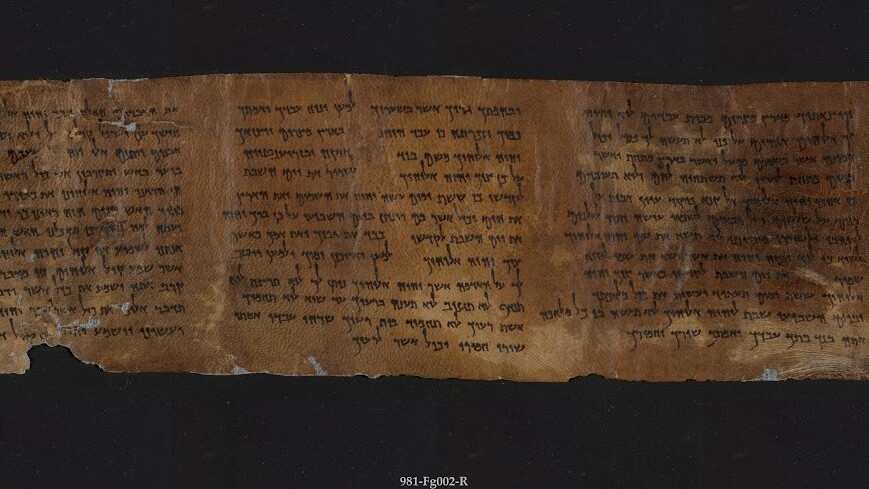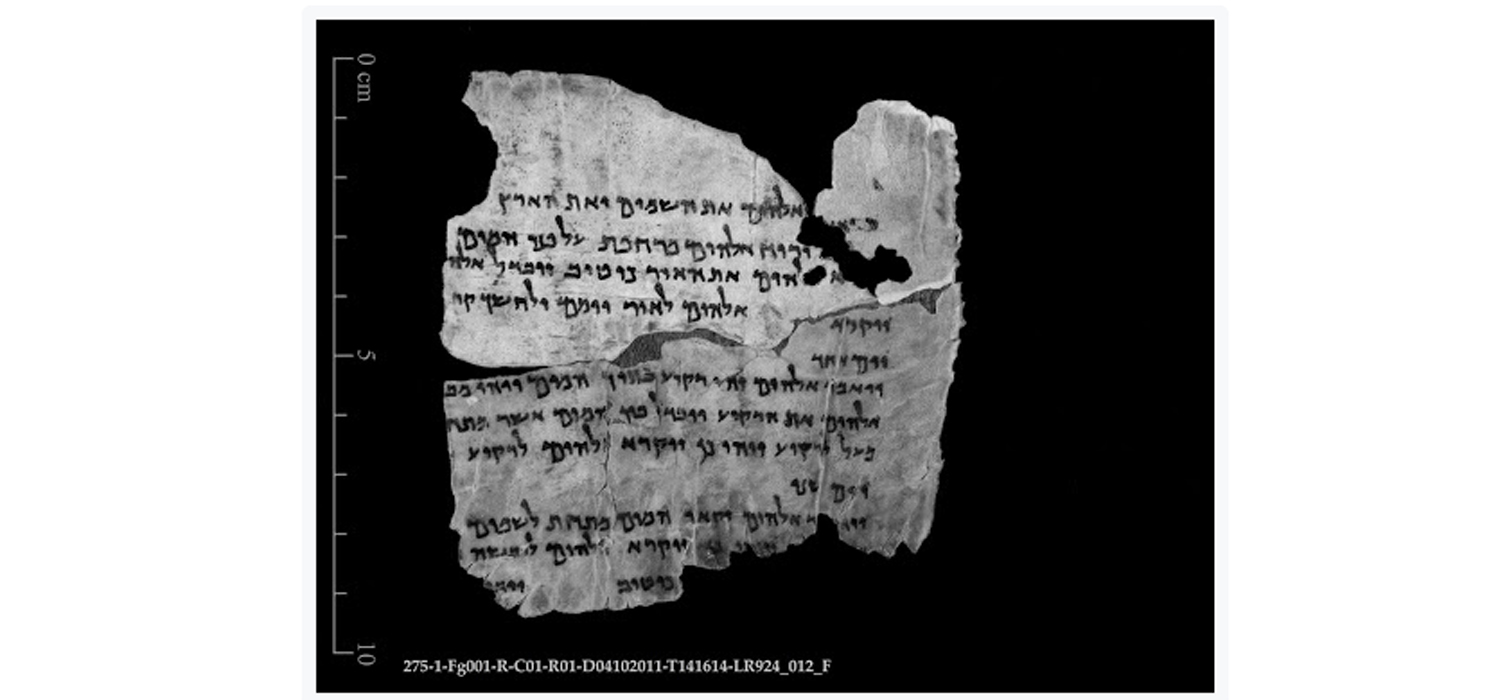
Just in time for some festive debates, Google is presenting fragments of the Dead Sea Scrolls for the world to take a closer a look at. The latest revelations are not the Christmas story, but the chance to read part of Genesis from the ancient document is an amazing opportunity for historians and the curious.
About a year ago, the big G helped to put five manuscripts from the documents online. The Dead Sea Scrolls are ancient writings that include the oldest known biblical manuscripts.
As far as we know, the documents were written around 2,000 years ago on parchment and papyrus and they are considered to be one of the most important discoveries of the 20th century.
More of the documents are appearing online today. Google has worked with the Israel Antiquities Authority to launch the Leon Levy Dead Sea Scrolls Digital Library. The library comprises around 5,000 images of scroll fragments.

If you fancy reading the originals in Hebrew, you’ll find that the text includes one of the earliest known versions of the Book of Deuteronomy which naturally includes the Ten Commandments. There’s also part of Chapter 1 of the Book of Genesis and many more texts that describe the times and shed light on the history of Judaism.
The fragments are shown in 1215 dpi resolution, so the details of each scrap are pretty impressive. The site also shows infrared and colour images.
The library also contains a database with information about 900 of the manuscripts as well as interactive content pages. So, there’s plenty to read after your Christmas dinner this year if you find yourself at a spare end. At the very least, access to the Dead Sea Scrolls for everyone should promote some healthy debate about religious origins.
Eyal Miller, of New Business Development at Google and Yossi Matias, Head of the Israel Research and Development Centre are naturally pleased that ancient and new technologies are now linked in ways that mean access is now available for so many people.
On the Google blog today they wrote, “We’re thrilled to have been able to help this project through hosting on Google Storage and App Engine, and use of Maps, YouTube and Google image technology.”
If you fancy a more interactive cultural history through Google, you can find a lot more of course. You might like the Google Art Project, where thousands of museums opened their doors so that digital editions of famous works can be explored and even arranged into users favourites and shared.
Not only can users take a closer look at works that might be on the other side of the planet, the Google Art Project also offers ways to hang out and discuss some 35,000 objects and even compare them.
Image Credit: Lior Mizrahi / Getty Images
Get the TNW newsletter
Get the most important tech news in your inbox each week.




